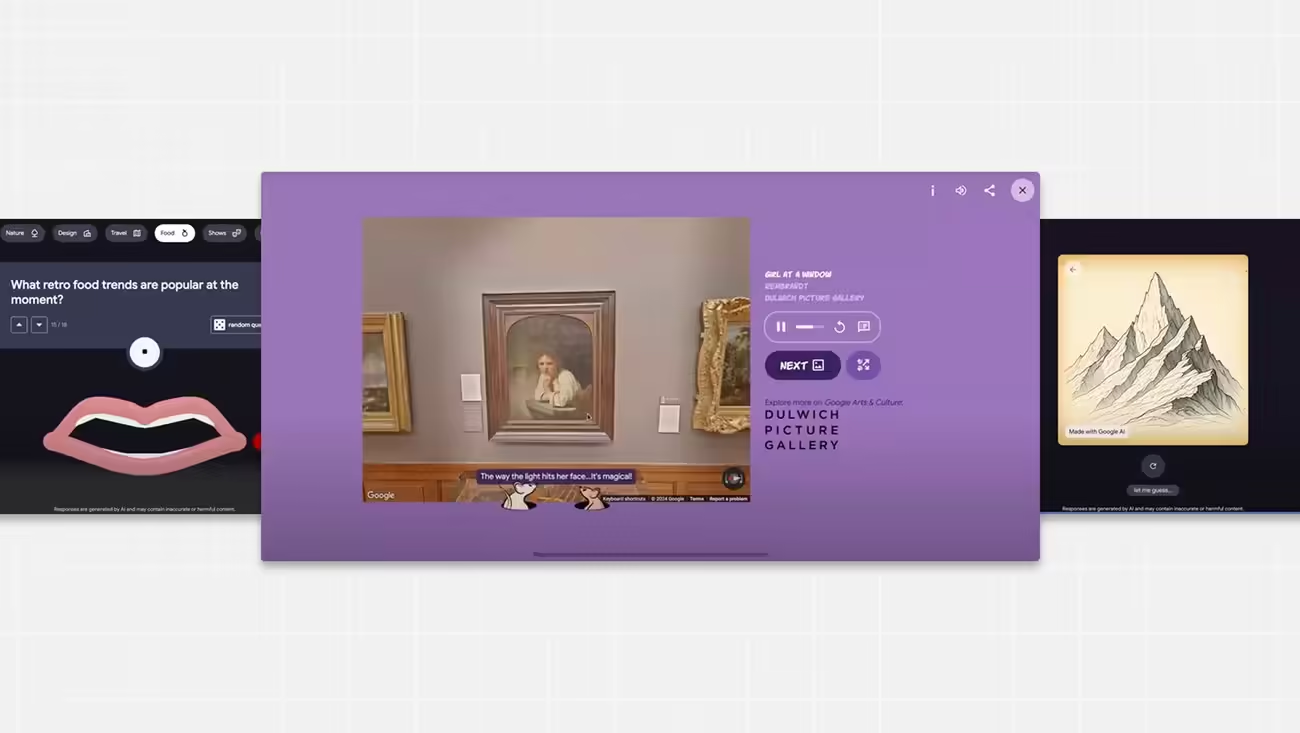NASA’s Europa Clipper Mission: A Closer Look at Jupiter’s Icy Moon
Following the successful launch of its latest space mission, NASA is gearing up for an in-depth exploration of Jupiter’s moon, Europa. Yesterday at 12:06 PM EDT, the Europa Clipper was launched aboard a SpaceX Falcon Heavy rocket. This mission aims to closely examine Europa’s icy surface. In five years, the spacecraft will reach the moon, which is known to have an ocean beneath its icy crust. The mission’s goal is to learn more about the composition and geology of Europa’s surface and interior, as well as to assess its potential for supporting life. Due to the intense radiation environment around Jupiter, the Europa Clipper will conduct a series of flybys, coming as close as 16 miles to Europa’s surface.
Jason Soderblom, a principal research scientist in MIT’s Department of Earth, Atmospheric and Planetary Sciences (EAPS), is a co-investigator on two of the spacecraft’s instruments: the Europa Imaging System and the Mapping Imaging Spectrometer for Europa. Over the past nine years, he and his team have developed imaging and mapping instruments to study Europa’s surface in detail, aiming to better understand its geological features and the chemical composition of its materials. Here, he outlines the mission’s main plans and objectives.
Question: What do we currently know about Europa’s surface?
Answer: From NASA’s Galileo mission data, we know that Europa’s surface crust is relatively thin, but its exact thickness remains unknown. One of the Europa Clipper mission’s objectives is to measure this ice shell’s thickness. The surface is marked by fractures, indicating active tectonic resurfacing. The crust is primarily composed of water ice, but there are also outcrops of non-ice materials along these fractures and ridges, which we believe originate from Europa.
The environment poses challenges for studying surface materials. Jupiter emits significant radiation, and Europa is relatively close to it. This radiation alters surface materials; understanding radiation damage is key to determining composition.
This challenge is why the mission is designed as a "clipper," performing close flybys to collect data before spending most of its time outside the radiation environment. This allows time to download, analyze data, and plan the next flyby.
Question: Has this posed a significant challenge in designing instruments?
Answer: Yes, and it’s one reason why this mission is only happening now. The mission concept dates back to the Galileo mission in the late 1990s, so it’s been about 25 years since scientists first wanted to undertake this mission. Much of that time was spent figuring out how to manage the radiation environment.
Over the years, we’ve developed many strategies. The instruments are heavily shielded, and extensive modeling has been done to determine where to place this shielding. We’ve also developed specific techniques for data collection. For instance, by conducting many short observations, we can identify radiation noise signatures, remove them from small data segments, and combine the clean data for low-noise observations.
Question: You are involved with two different imaging and mapping instruments: the Europa Imaging System (EIS) and the Mapping Imaging Spectrometer for Europa (MISE). How do they differ?
Answer: The camera system [EIS] focuses on understanding the physics and geology driving surface processes, looking for fractured areas, chaotic terrains where icebergs appear suspended in slushy water and have mixed and twisted, regions where surface collision and subduction occur, and areas where new surfaces form like Earth’s mid-ocean ridges.
The spectrometer [MISE] primarily aims to determine surface composition. We’re particularly interested in areas where liquid water might reach the surface. Understanding which materials originate from Europa and which are deposited from external sources is crucial, and distinguishing these is necessary to learn about the subsurface ocean’s composition.
There is an intersection between these two, which is what excites me about the mission. We have color imaging with our system that provides a rough understanding of composition, and our spectrometer has a mapping component that helps us understand how detected materials are distributed and correlated with geology. This allows us to explore the intersection of these disciplines: extrapolating compositional information from the spectrometer to higher resolutions using the camera, and applying geological insights from the camera to the spectrometer’s compositional constraints.
Question: How do these mission objectives align with your research at MIT?
Answer: One major mission I’ve been involved with is the Cassini mission, primarily working with the Visual and Infrared Mapping Spectrometer team to understand Titan’s geology and composition, Saturn’s moon. This instrument is very similar to the MISE instrument, both in function and scientific goals, creating a strong link between it and the Europa Clipper mission. For another mission, where I lead the imaging team, I’m working on retrieving a sample from a comet, focusing on understanding the cometary surface’s geology.
Question: What excites you most about the Europa Clipper mission?
Answer: I’m particularly fascinated by some of the unique geological features on Europa’s surface, understanding the composition of the materials involved, and the processes driving these features. Specifically, the chaotic terrains and fractures observed on the surface.
Question: It will take some time before the spacecraft finally reaches Europa. What work needs to be done in the meantime?
Answer: A key element of this mission will be laboratory work here on Earth, expanding our spectral libraries so that when we collect a spectrum from Europa’s surface, we can compare it to lab measurements. We’re also developing various models to understand how a material might change and evolve, starting in the ocean and moving through fractures to eventually reach the surface. Developing these models is crucial before collecting data, allowing us to make corrections and obtain improved observations as the mission progresses. Making the best and most efficient use of the spacecraft’s resources requires the ability to reprogram and refine observations in real-time.



